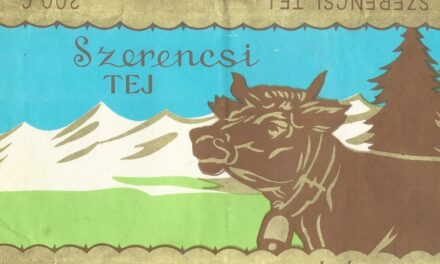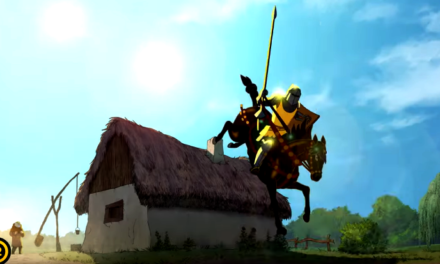The peregrine falcon has become the bird of the year in 2024, the Hungarian Ornithological and Nature Association (MME) announced on Wednesday, according to which Hungarian nature conservation has a huge responsibility in preserving the species, because the peregrine falcon is also an outstanding natural value on a continental level.
More than 60 percent of the population living in the European Union nests in Hungary, and globally the Carpathian basins are the only proven stable, slightly growing population of the species - they emphasize in the statement sent to MTI, in which they recall that the MME has been paying special attention since its establishment in 1974 on the kestrel, which is why it became the 2024 MME 50th anniversary bird of the year.
The kestrel is a large, broad-winged falcon similar in size and color to the buzzard. In Eurasia, only the northern peregrine falcon is larger than it.
It is basically a bird with an Asian distribution, and within that it mainly lives in the territory of China, Mongolia and Kazakhstan, the bulk of the European population is found in Hungary and Ukraine.
Its world population was estimated at 17,400-28,800 pairs in 1990 and 6,100-14,900 pairs in 2013, a fraction of this number, about 5 percent, lives in Europe. It almost disappeared from Hungary in the 1980s, when the number of known pairs of peregrine falcons was barely ten, but thanks to the conservation work coordinated by the MME that began at that time, today this number is already around 150 pairs - the association emphasizes in its statement.
As a species that requires an open, desert habitat, it is a predator that specializes in ground-dwelling, medium-sized rodents, such as ground squirrels, hamsters, and ground squirrels, but it is also capable of killing smaller, mouse-sized species.
In the absence of these, behaving like a classic falcon, it easily switches to preying on flying birds, especially starling and pigeon-sized species.
Like the other members of the falcon family, it does not build a nest, it molts once a year. It uses ravens' nests and nest remnants on the ledges of the rock walls, or creates a shallow cavity for the eggs in the debris soil of the bare ledge. In woody habitats, it moves into the empty nests of other medium- and large-bodied birds, mainly buzzards and eagles.
As recalled,
in the case of the nesting sites in Skjali, the MME successfully used nest guarding with volunteers for years, and then declaring the ground squirrel protected and reintroducing the rodents to their former habitats was also an important step.
Today, more than two-thirds of the domestic herd breeds in so-called "eternal" lifetime aluminum litter boxes installed on the metal traverses of the high-voltage network, protected from both predators and humans, the announcement reads.
Origin of Turul
According to some ideas, the Monda turul can be identified in the living world with a large falcon (Altaic mountain falcon, Falco rusticolus altaicus) or the peregrine falcon (Falco cherrug). The word is of Turkish origin (csagatáj togrul or turgul means hunting falcon). The ancient Hungarian language knew three words for different types of falcons: kerecsen, piano (from which the name Zsombor can also be derived) and turul; the ancient, out-of-use word túrul was brought back into use by our poets at the beginning of the 19th century in the form of túrul. It cannot be decided with absolute certainty whether the turul is actually an eagle or a falcon; based on the interpretation of the myths, according to some, it is an eagle; the linguistic evidence favors the hawk meaning.
MTI / Civilek.info
Featured image: Hortobágyi National Park Directorate/Attila Szilágyi












